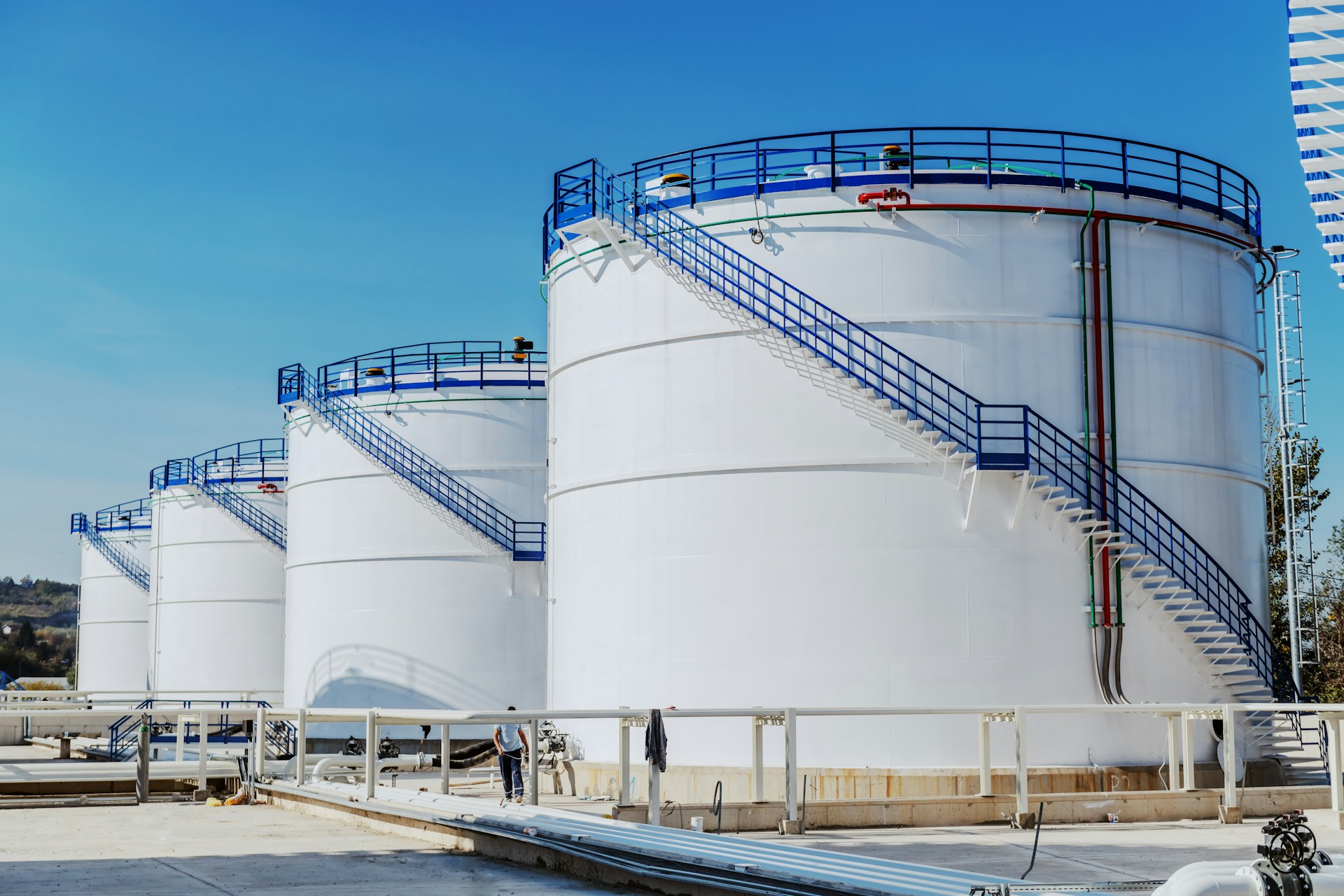
Keeping tanks in top shape is not just about preventing leaks or avoiding a mess. Tank waterproofing maintenance ensures that tanks stay durable, effective, and around for as long as needed. When overlooked, water can sneak into places it shouldn’t be, which might lead to rust, cracks, or even system failures. A well-maintained tank is like a well-oiled machine; it runs smoothly without sudden stops or mishaps.
Regular upkeep of tank waterproofing offers numerous benefits that are crucial for operational longevity. For instance, consistently maintaining tanks can lead to less wear and tear, which cuts down on unexpected repair costs. It also means less downtime due to emergencies, keeping operations running seamlessly. Moreover, preserving your tank’s integrity means you won’t need premature replacements, saving both time and resources. Simply put, caring for tanks regularly is just good sense.
Regular Inspections
Just as you wouldn’t ignore strange noises coming from your car, you shouldn’t skip out on regular tank inspections. They are key to spotting problems before they grow too big to handle. Regular checks help catch things like small cracks, worn-out seals, or any hint of corrosion, which, if left unchecked, could seriously affect your tank’s performance and lifespan. Think of inspections as a check-up for your tank’s health.
Here are some tips for effective tank inspections:
– Plan Visits: Aim for routine inspections at least a couple of times a year, based on usage and weather conditions.
– Focus Areas: Pay close attention to areas where water might collect or where seals might wear down. Also, look for any discoloration or unusual damp spots.
– Professional Help: While you can do a casual check yourself, it’s smart to have an expert inspect thoroughly to ensure no sneaky issues are hiding.
Regular inspections don’t just help catch problems early; they also give peace of mind. Knowing that your tank is running smoothly helps you sleep easier at night, without the worry of surprise failures disrupting your operations.
Cleaning the Tank Properly
Once inspections are out of the way, the next important step is cleaning your tank correctly. A clean tank not only looks better but also works better by preventing the buildup of residues that could compromise its functionality. Cleaning should be done with care to avoid damage while ensuring every part of the tank is spotless.
Start by choosing the right cleaning solution. Each tank material has its preferred type of cleaner, so be sure to select one that is suitable for yours. Using a solution that’s too harsh could damage the tank’s surface, leading to more problems down the line. Typically, a mild soapy solution works well for many tanks, but certain materials might need something a bit more specific.
When cleaning, follow these simple steps to make sure it’s done right:
1. Empty the Tank: Make sure the tank is completely empty before starting the cleaning process.
2. Select the Right Tools: Use soft brushes and non-abrasive sponges to avoid scratching the surface.
3. Scrub Gently: Gently scrub the inside walls of the tank to remove dirt and buildup.
4. Rinse Thoroughly: After cleaning, rinse the tank well to ensure no residue from the cleaning solution is left behind.
5. Dry the Tank: Allow the tank to dry completely before refilling to prevent moisture buildup.
Regular cleaning should ideally be done every few months, but this can vary depending on how heavily the tank is used. Keeping a consistent cleaning schedule reduces the risk of clogging and buildup, ensuring the tank’s lifespan is maximized.
Applying Waterproof Coatings
One of the best ways to protect a tank from water damage is to apply a waterproof coating. This extra layer acts as a strong barrier against leaks and corrosion. Selecting the right type of coating can make a significant difference in how well it serves your needs.
There are different types of coatings available, each offering various benefits. Some are designed to withstand high temperatures, while others offer additional UV protection. Choosing the correct one depends on factors like the tank’s location, climate exposure, and the material it’s made from.
– Determine Need: Identify the specific conditions your tank faces, like intense sun or frequent rainfall.
– Choose the Right Coating: Select a coating specifically designed for those conditions.
– Follow the Guide: Apply the coating according to the manufacturer’s instructions, ensuring even coverage.
– Inspect Post-Application: After applying, check to make sure the coating is set properly and there are no missed areas.
Coatings need periodic reapplication depending on the product and environmental exposure, typically ranging from a few months to a couple of years. Proper application and timely reapplication keep the coatings effective and extend the life of your tank.
Summary and Final Thoughts on Tank Waterproofing Maintenance
Taking the time to maintain your tanks through regular inspections, proper cleaning, and applying protective coatings can save a lot of headaches in the long run. By following these steps, you ensure that your tank continues to perform reliably and efficiently for years to come.
Remember, every tank has its own needs based on factors like usage and environment. Staying on top of its maintenance won’t only prevent potential issues but also extend its lifespan, proving that a little vigilance goes a long way in achieving peace of mind.
Protecting your tanks from water damage is crucial for longevity and efficiency. Proper maintenance, including regular inspections and the application of effective tank waterproofing, ensures your systems operate smoothly. For expert solutions and guidance on maintaining your tanks, contact ATM Tanks today and secure your investment for years to come.
- Five Essential Tips for Tank Waterproofing - November 16, 2025
- The Best Methods for Industrial Tank Cleaning - November 16, 2025
- Proper Techniques in Tank Cleaning for Food Storage - November 16, 2025






